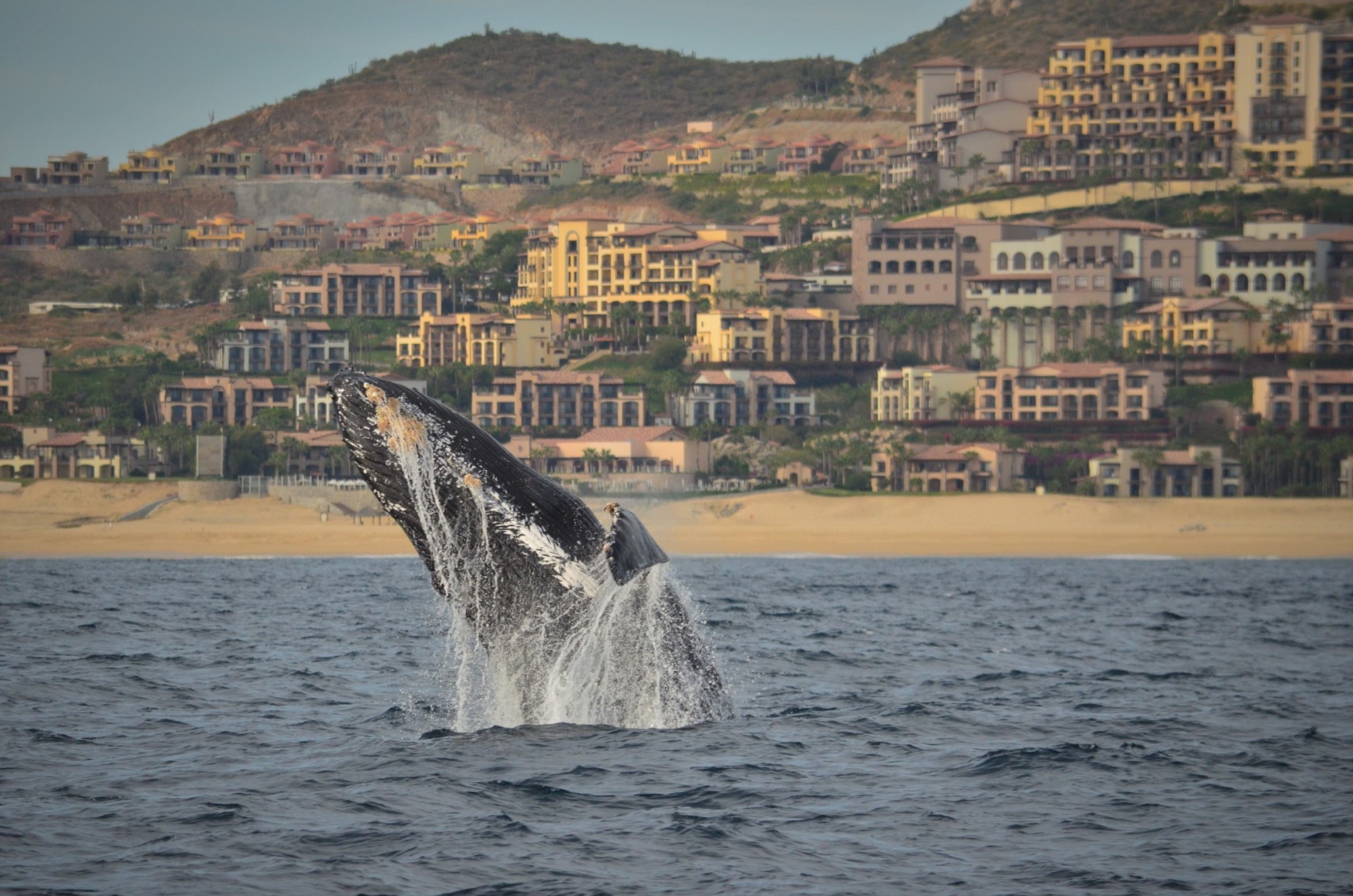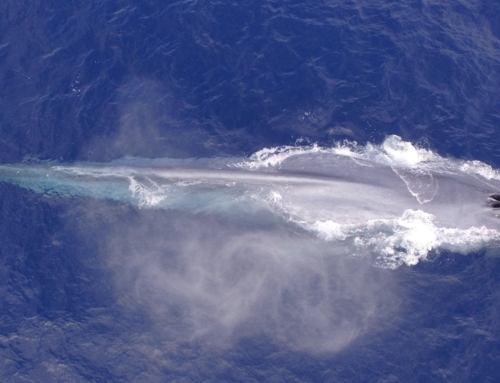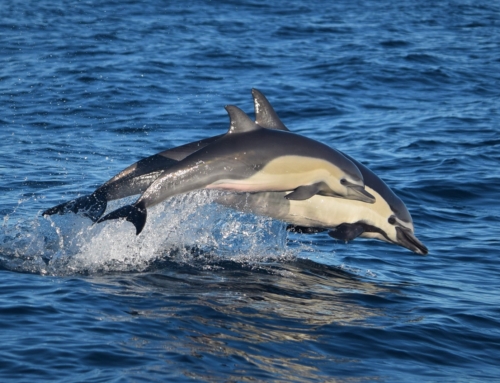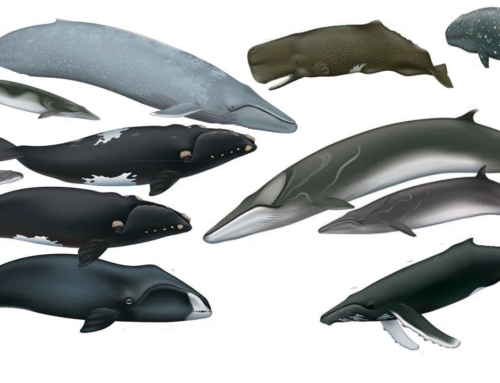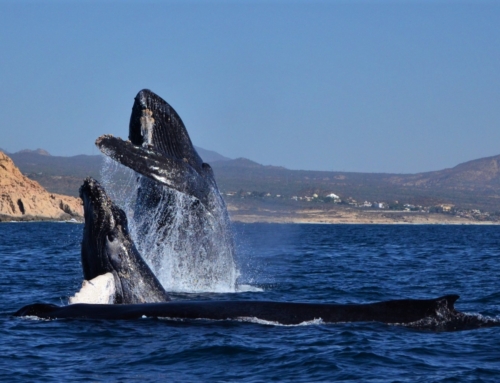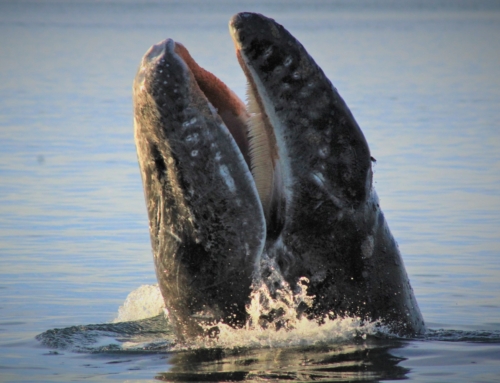Cabo San Lucas is where the Sea of Cortez meets the Pacific Ocean. Discover a rich diversity of marine species and incredible seasonal changes.
Cabo San Lucas is famous for two things: All-inclusive hotels and the seas that surround them. At times it feels like a strange combination. People spending all day at a pool looking out at some of the richest waters in the world. But for those who do venture out into the open ocean, wonder awaits! No matter whether you’re a hard-core ocean explorer or someone that has never seen the sea, Los Cabos has something for you.
Some activities happen year-round while others are seasonal. The water conditions and wildlife can be highly variable. It’s important to consider these things when planning your trip. Whether you’re planning your whole vacation around oceanic activities or just hoping to find something to do for a day out on your next visit, this guide will tell you everything you need to know.
Cabo San Lucas Seasons
In Los Cabos, the seasonal changes are more noticeable in the ocean than on land. Summers are hot and dry while ‘winters’ are warm, pleasant and also dry. Rains (and sometimes tropical storms) arrive almost exclusively around September. In the ocean, the seasons are more complex. The temperature of the water does change along the summer/winter axis but does so with a delay of a few months. This is due to the time it takes the cold winter water flowing South with the California current to reach the bottom of the peninsula.
This can lead to the peculiar situation where, in the middle of summer, outside air temperatures are around 40°C (105°F) while the sea is 15°C (59°F)! The water is warmest in October and can reach a sweltering 31°C (88°F). Divers and snorkelers can expect up 40m (120ft) of in-water visibility around this time of year as well. The rest of the year visibility varies dramatically. During the transitional periods between winter and summer, you can have amazing clear water in the morning and less than 3m (10ft) visibility by afternoon. Thermoclines, where warm and cold water meet, are common and can be dramatic.

The sky is clear as sun sets over the
ocean near Cabo San Lucas
Cabo San Lucas Annual Weather Trends:

Air Temperatures

Annual precipitation

Water temperatures

Rainy days
Cabo San Lucas Marine Species
Cabo San Lucas is truly a unique location. It is situated between the warm tropical waters of Central America and the colder seas up North. The town is located on the very tip of the Baja Peninsula right on the boundary between the Sea of Cortez and the Pacific Ocean. This unique geographic location combined with big seasonal variations in water conditions ensures a great diversity of marine species.

An Orca breaching near Cabo San Lucas
Marine Mammals:
It is possible to spot over 20 species of Cetaceans and marine mammals around Cabo. Some, like the Humpback and Gray whales, are seasonal visitors. Others such as Bottlenose dolphins and California sea lions can be seen year-round. Certain species, such as Orcas, can show up at any time – sometimes quite unexpectedly! This combination of consistency and the ability to surprise is what makes the waters around Cabo so magical.
Whale watching and ocean safaris are a great way to see these iconic species up close and personal. The whale watching season runs from 15 December – 15 April each year. This is when the Humpback and Gray whales are in the area for mating and calving. These months provide stunning opportunities to get up close and personal with ocean giants. Whale watchers are all but sure to see mothers with newborn calves and observe spectacular Humpback acrobatics! It is possible to see other cetaceans on ocean safaris all year round.

Close-up of a male California Sea Lion
Sharks, Rays and other Fish:
The waters around Los Cabos are some of the richest in the world when it comes to sharks, rays and large fish. The sport fishing in the area is world-famous and a major part of the local economy. This is slowly changing as eco-friendly alternatives emerge and fish stocks decline. You can now go swimming in the open ocean with shark species such as Makos, Hammerheads and Silky sharks.
The area is also home to one of the oceans greatest gatherings. Twice a year in May/June and November/December millions of Mobula rays arrive to mate. They form schools that number anywhere between hundreds and hundreds of thousands at a time. Besides these massive aggregations, they are also famous for leaping from the water acrobatically all day for reasons still not totally clear to science. It is even possible to swim and free dive on top of these mega schools, a truly awe-inspiring experience. Divers may even see them pass overhead as they block out the sun! It is also possible to encounter many other species such as Eagle, Diamond, Cow-Nose and Bat Rays. Occasionally there are even sightings of the mostly pelagic Giant Pacific Manta.

A Mobula Ray leaps from the water just in
front of beach in Cabo San Lucas
Birds:
The same factors that create richness and diversity under the waves also create the perfect conditions for birds. The abundance of food and the geography of the region mean that many sea birds such as Pelicans, Shearwaters and Boobies can be seen throughout the year.
Seasonal visitors include the Frigate bird, famous for their long migrations, massive wingspans and the balloon-like red pouches males use as part of their courting rituals. It is also possible to spot the quirky and amazing Blue Footed Booby on the rocks around Land’s End around November each year. In the deserts and coastal plains that surround Cabo, there are a number of birds of prey and vulture species that soar above the city year-round.

Frigate Birds on Land’s End
Other Cabo San Lucas Ocean Activities
For those seeking different kinds of thrills and experiences, there are many to choose from. Ocean kayaking & paddle boarding, boat tours, sailing, jetskiing and sunset cruises (or any time ‘booze cruises’) are all available year-round.
There are also snorkeling spots in the Cabo San Lucas Bay and just outside of town at Santa Maria beach and Chileno bay. These can be accessed by land or through boat tours that you can book in town. Snorkelers can expect to see a wide variety of tropical fish swimming among hard corals and occasional eels, rays or even sea lions or other larger species.

